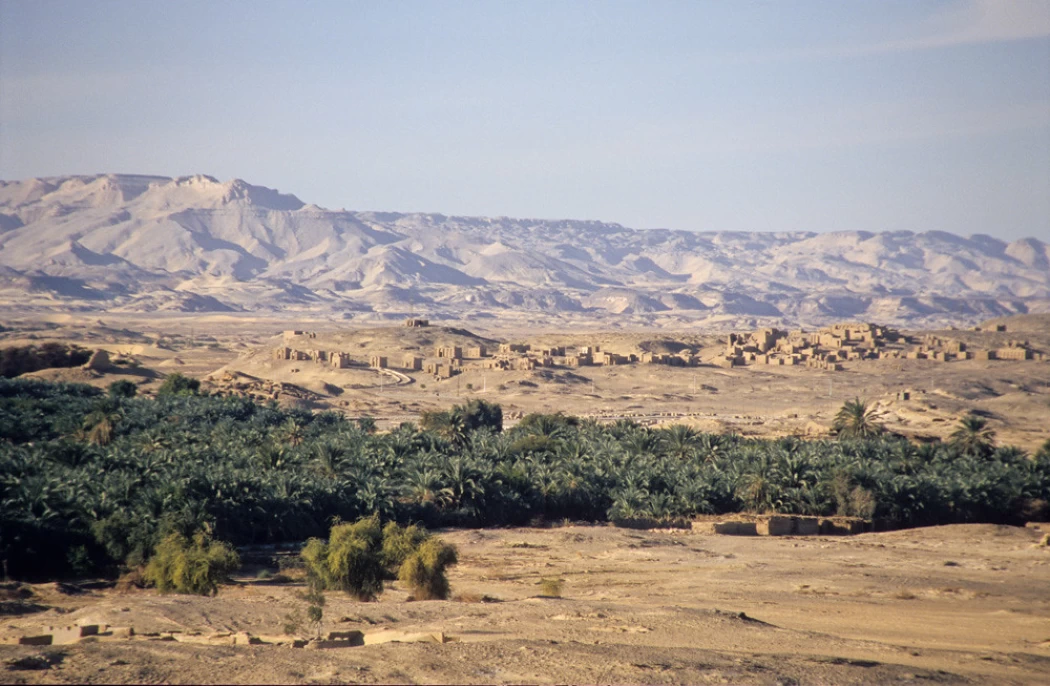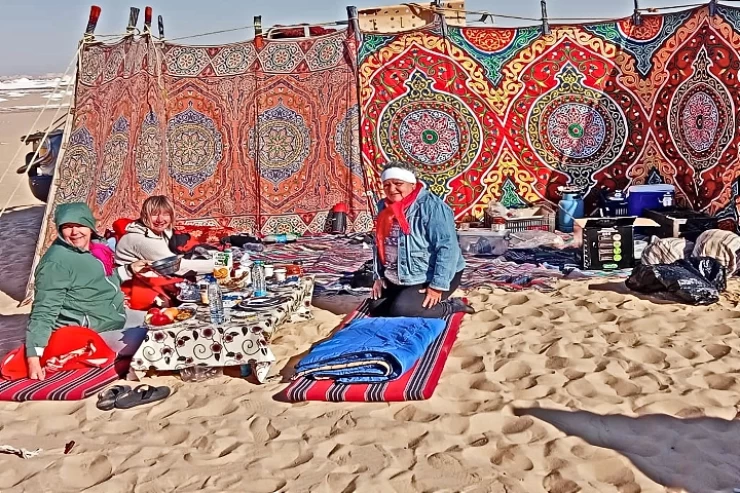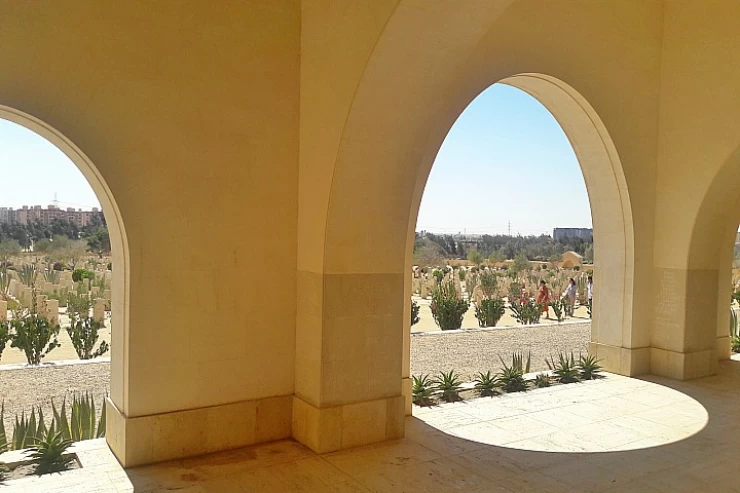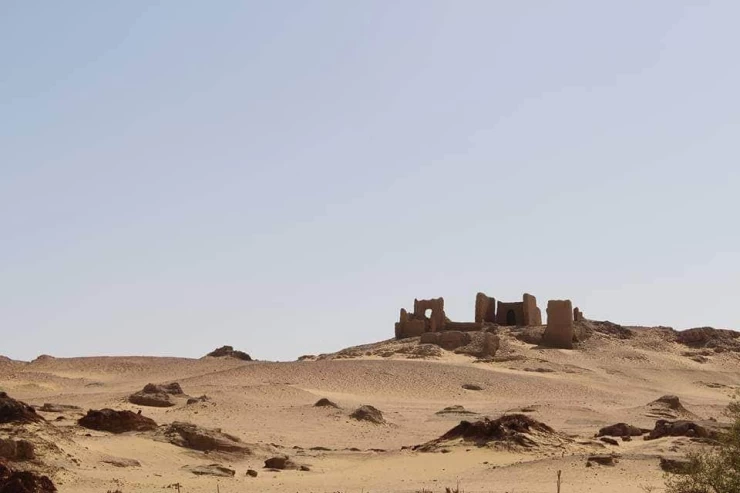
Cemetery of Bagawat in Kharga Oasis
The ancient necropolis of Bagawat in Farafra Oasis
The tombs of Al-Bajwat in the New Valley, or as they are called Qabwat, are the form on which the tombs of Al-Bajwat were built in the second century AD on a high plateau north of the city of Kharga with adobe bricks in the form of domes, and this area is considered a Coptic archaeological site or an abandoned city.
The cemeteries were built by Christians who fled from different governorates during the third century AD during the Roman persecution of Christianity and took this high knoll in the heart of the desert north of Kharga as their headquarters to practice their religious beliefs in peace away from the Roman emperors, but now they are more like ruins.
That the first to arrive in that area was the chief priest Athanasius Tawadros, and they chose this knoll and built the domes, which are still witness to those times to remain a historical monument that many tourists of different nationalities flock to.
He emphasized that the Bajawat Cemetery includes 263 tombs, with the Exodus Tomb at its center, which tells the story of the exit of the Israelites from Egypt, followed by Pharaoh with his soldiers, then the stories of some prophets, including Adam and Eve when they came out of paradise, the story of Daniel, Yunus in the belly of the whale, Job being healed from the affliction, Abraham and his sacrificial son, and Noah's ship during the crossing of the flood.
Al-Bajwat Cemetery contains many Coptic shrines, and one of the most famous of these shrines is the “Shrine of Peace.” It dates back to the fourth century AD, as it carries the symbol of peace throughout the shrine, and inside the shrine there are decades on the walls, and in the center is a large tray. The lower parts of the walls are painted with a white-pink color, and there are drawings of peacocks and decorative phrases and symbols that cover all the walls from the dome to the bottom of the floor, all of which are taken from the Bible.

















